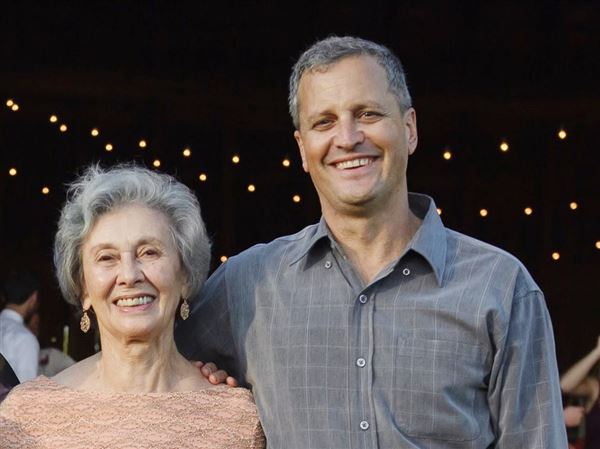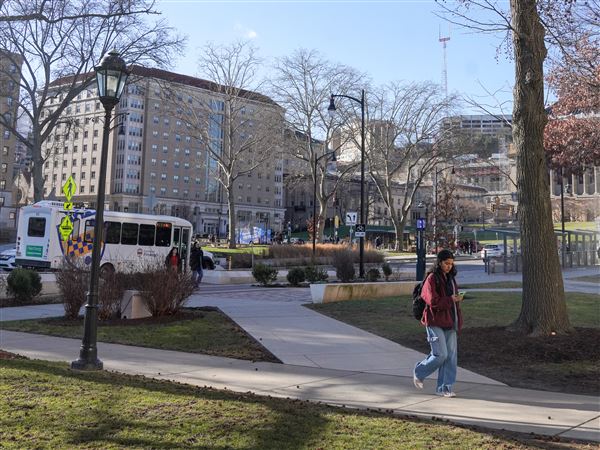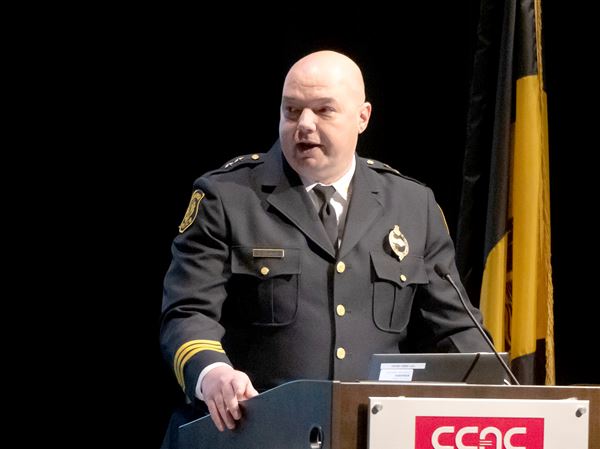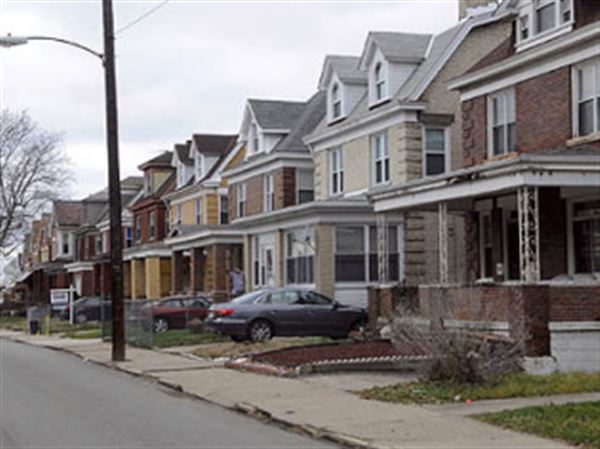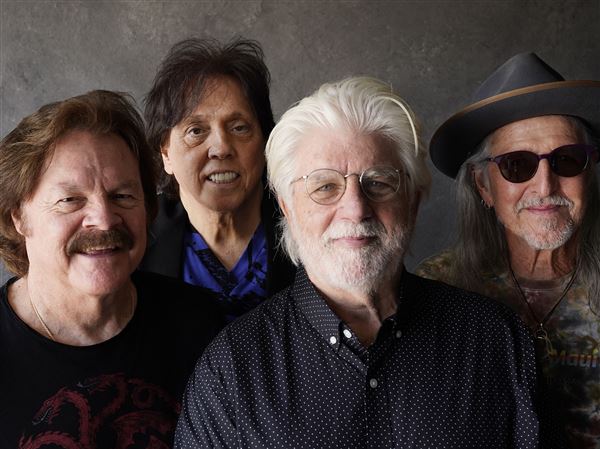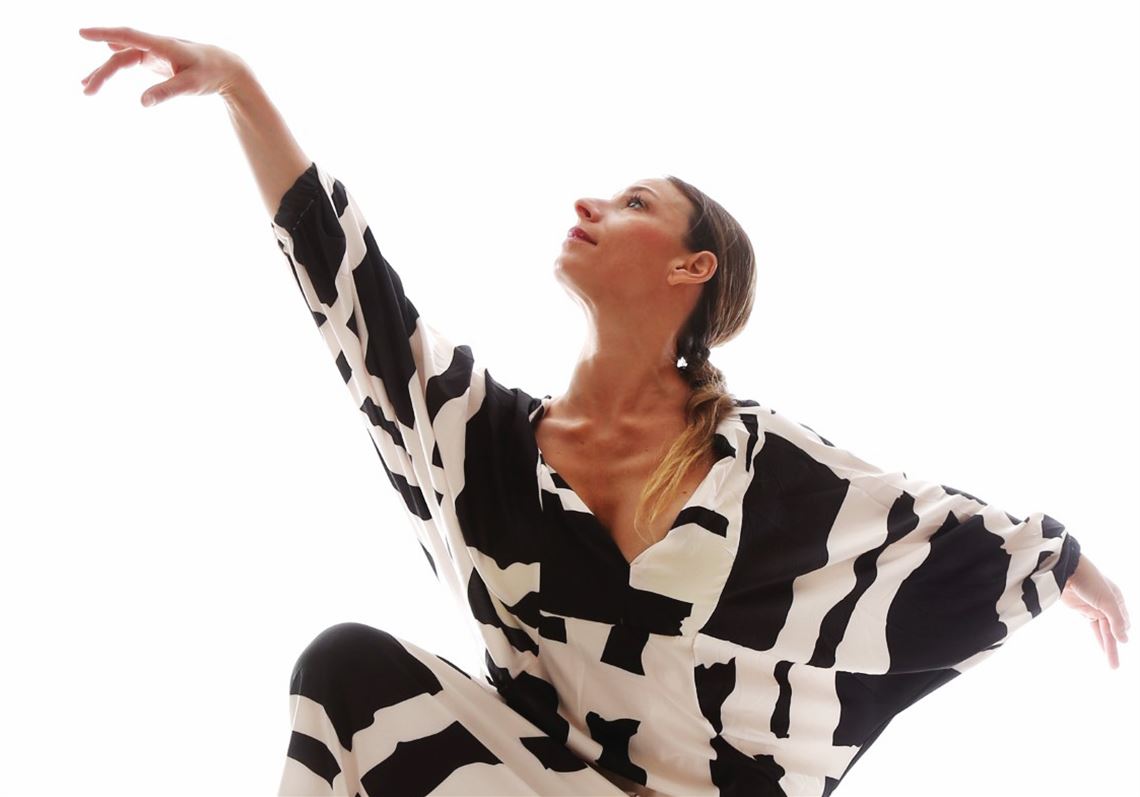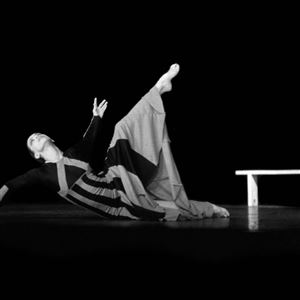It’s not every day that a dancer gets to revive a work by Pittsburgh native Martha Graham. It’s also rare for a choreographer to have a work performed by Graham dancers.
Bodiography Contemporary Ballet artistic director Maria Caruso has experienced both.
This weekend, her company will present “Horizons” at Byham Theater, Downtown, featuring Ms. Caruso and her dancers in Graham’s “Steps in the Street.” In exchange, Graham 2 dancers and a former Martha Graham Dance Company principal will mount works by Ms. Caruso.
“It’s so humbling to be able to kind of pull this all together,” Ms. Caruso says. “I appreciate who she was not just as a dancer and as a leader but as a cultural ambassador.”
In 1894, Graham was born in Allegheny City, which today is Pittsburgh’s North Side. She eventually moved to New York City and is celebrated as a pioneer of modern dance.
Last year, Ms. Caruso revived Graham’s famed “Lamentation” solo from 1930. This time, she wanted to share the experience of learning and restaging one of Graham’s masterworks with her company dancers. In talking with artists from the Martha Graham Dance Company and Graham 2 (a pre-professional company comprised of advanced students from the Martha Graham School), they came up with the idea for this choreography swap of sorts.
Dancers from Graham 2 will premiere Ms. Caruso’s piece “InsideOUT (the call of passion)” and Carrie Ellmore-Tallitsch, a former Martha Graham Dance Company principal, will perform a solo work, “Roots to Earth,” that Ms. Caruso choreographed for her. Additional works by Graham and Ms. Caruso also are on the program.
Ms. Caruso will be dancing the role in “Steps in the Street” that Ms. Ellmore-Tallitsch performed during her career. Dancing a Graham work is not only a great honor but also involves a lot of work, she says.
“It's not like someone just comes in, teaches you a dance and leaves,” Ms. Caruso says. “It’s so much more in depth. It’s like a history lesson.”
When dancers are licensed to present a Graham work, they get a binder that includes critics’ reviews, insights from Graham about the piece and film footage and photos that show how it’s evolved over the years. (Graham 2 director Virginie Mecene restaged the work for Bodiography.)
Ms. Caruso and her dancers learned that “Steps in the Street” (1936) is part of a larger work, “Chronicle,” that Graham created in response to fascism in Europe. The work’s subtitle is “Devastation – Homelessness – Exile,” a nod to the destruction and isolation brought on by war.
To further prepare, Ms. Caruso and Bodiography dancers took part in a two-week residency in New York City learning the work and finessing their technique. They took classes that honed in on signature elements of Graham’s style, including contracting and releasing through the core, controlled floor work and striking poses. They also worked with a coach to refine each arm, leg and body angle.
Ms. Caruso says she gained a deeper understanding of what motivates another choreographer.
“A lot of times, Martha drew from Greek mythology and literature, and a lot of artists do that. But when I look at the expanse of my choreographic collection, I draw and expand from real life.”
Before shaping steps for Graham 2 and Ms. Ellmore-Tallitsch, Ms. Caruso sat and talked with them about their lives, their likes and their interests. “I think that’s what makes my choreographic voice a little different.”
Ms. Caruso considers this program to be “a pivotal moment” for Bodiography and perhaps a taste of more collaborations and choreography swaps to come.
“I really foresee us continuing to do masterworks by some of the greatest artists in the world, and I do like that we’re referencing it and connecting it to the Pittsburgh region,” she says. “It’s important to keep Martha Graham’s legacy alive in our community.”
Sara Bauknecht: sbauknecht@post-gazette.com or on Twitter and Instagram @SaraB_PG.
First Published: April 26, 2019, 11:30 a.m.
